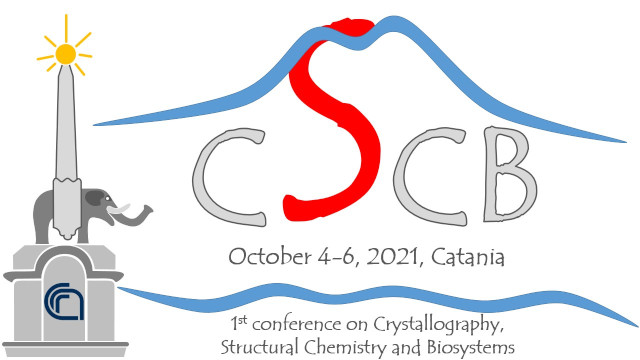Speaker
Description
Type I collagen is the main fibril-forming protein of the extracellular matrix (ECM), that provides mechanical support to tissues and organs. The protein distribution and organization is tissue-specific, depending on the bio-mechanical function of the tissue itself. From the molecular order, up to supramolecular scale, type I collagen is organized in triple helices assembled in fibrils and fibers, in accordance with a liquid crystalline arrangement at nanoscale. Thanks to its hierarchical structure and functional domains, collagen supplies physical support to cells attachment and growth, influencing tissue development. Thus its biocompatibility, bioactivity and biodegradability make this protein so attractive in tissue engineering, as biomaterial for implantable medical devices. Type I collagen can be extracted from different collagen-rich tissues of distinct animal species (bovine, equine, fish etc.) by chemical and/or enzymatic processes, that lead to structural alteration of the fibrillary arrangement. Since most of the structural features of type I collagen were assessed by classic X-rays investigations during last decades1,2, in our studies we demonstrate the worthwhile contribution of Wide and Small Angle X ray Scattering (WAXS, SAXS)3 techniques in the structural evaluation of sub and supramolecular changes of the protein, during the biomaterial fabrication steps from fresh collagen-rich tissues (bovine dermis, equine tendon, fish skin) to the final scaffolds. The evidences show the impact of processing conditions on both molecular scale and fibrillary arrangement at nanoscale. Moreover, the demonstration that further manufacturing protocols deeply affect the features of the biomaterial itself, allow to screen the suitable protocols according to the tissue to regenerate4,5.
The X-ray structural evaluation of collagen has been proved to be useful when applied not only to the biomaterials of engineered tissues, but even when directly applied to pathologic tissues. In particular it was demonstrated the possibility to assess the morphological alteration of collagen through scanning X-ray microdiffraction (SAXS/WAXS), when the tissue is placed under specific pathologic conditions, such as high glucose concentration typical of diabetes. The study permitted to characterize intra and intermolecular parameters alteration of collagen network with picometer precision, opening the possibility to inspect the effect of diabetes on the connectives and the impact of therapies on them6.

